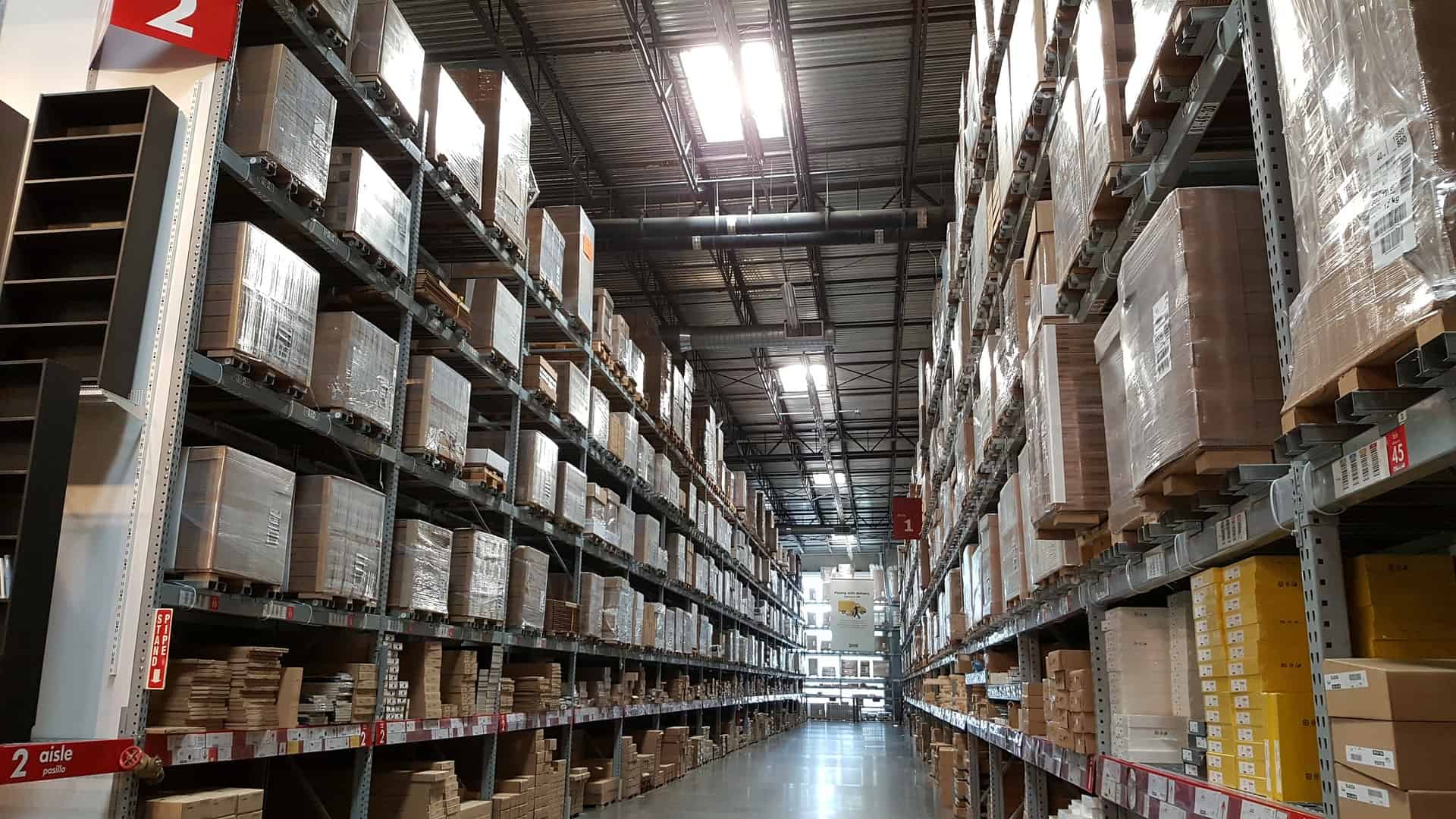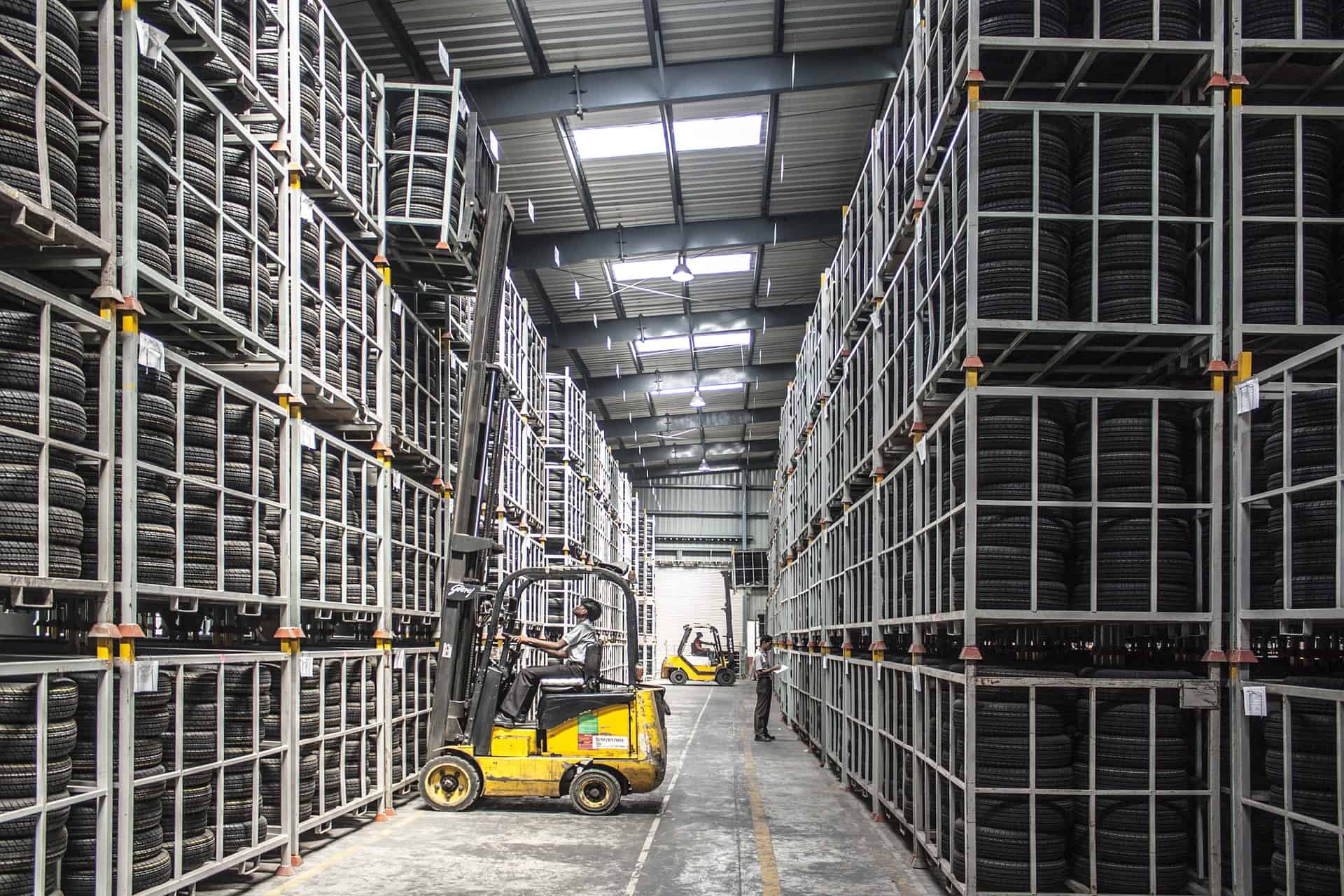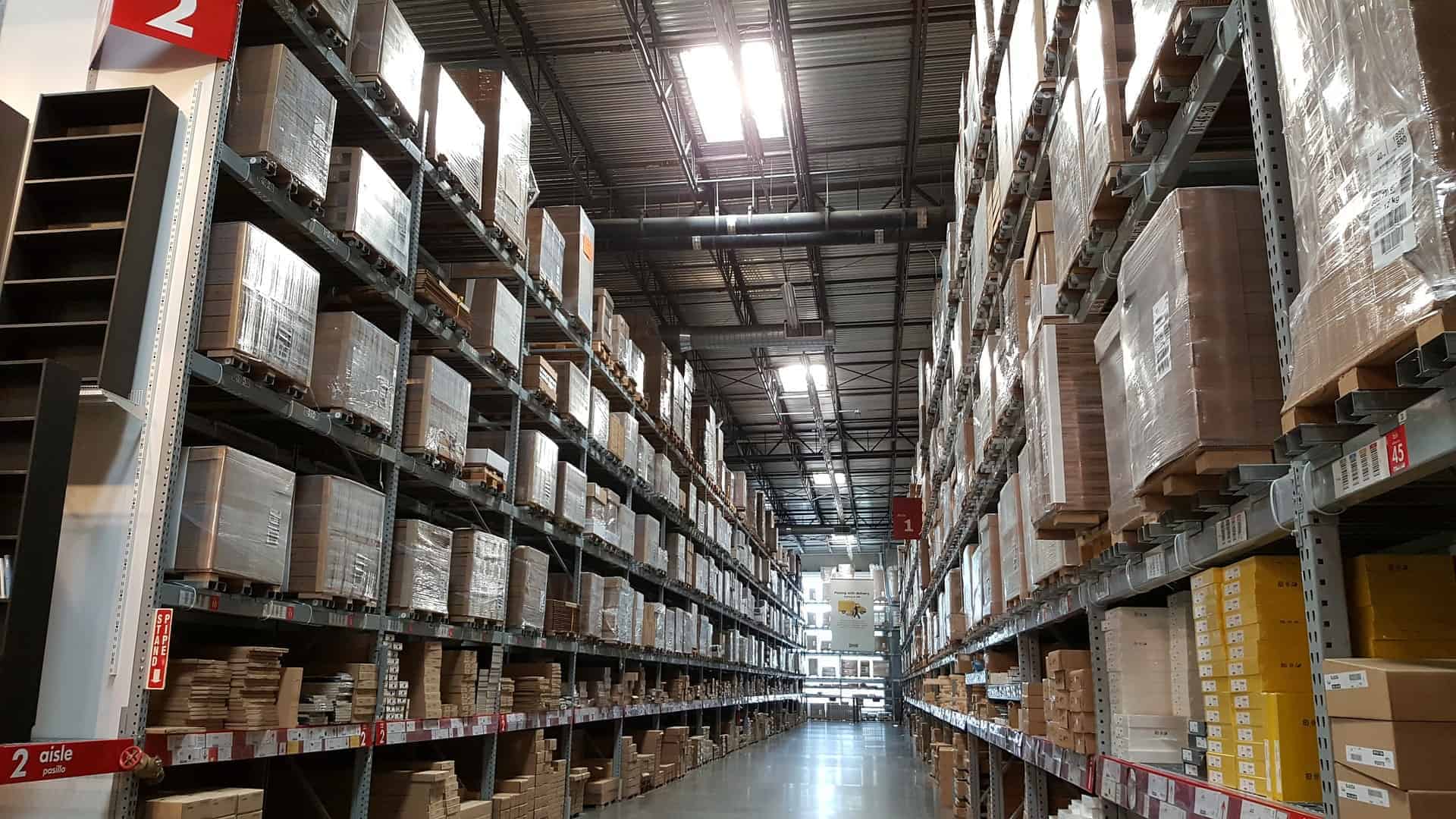Having a well-organised warehouse helps increase productivity, as well as prevent injuries and mistakes. Therefore, it’s important to determine how you can make your warehouse more orderly. Read on for to discover the best practices to help with warehouse organisation.

Plan Ahead
Make sure to plan before putting anything into practice. Doing so can help you iron out potential mistakes and problems before they happen. This should be the case when putting anything into play; for example, if you’re beginning your warehouse organisation, a good place to start is developing a floor plan. This will help you establish the best locations for specific items and item groups, as well as determining the best locations for shelving units and other storage solutions to ensure that the flow in the warehouse is uninterrupted.
Keep Clean & Tidy
This may sound obvious, but upholding a high-quality cleaning standard can significantly contribute to a better-organised warehouse. Cleaning regularly, ensuring there are no obstacles in warehouse flow and enforcing cleanliness standards to staff is essential, yet easy maintain. As with most tips on this list, the communication to staff is vital to ensure that the warehouse is kept clean and tidy to an appropriate standard. One way to keep inventory tidy is by storing boxes on pallets and wrapping them with shrink wrap film.

Labelling
Labelling stock as well as locations is a great way to keep your warehouse organised, and is arguably essential for warehouse storage. Labelling locations and stock make it easier when receiving inventory, as designated areas are determined based on labelled information, such as SKU code, name and size etc. and this information will match up with labelled locations. This also helps when locating stock for dispatch. However, labels are useless if the information isn’t stored correctly, and can be utilised more effectively when combined with barcodes and scanners sending and storing accessible information onto a server. As you can probably tell, labelling isn’t the quickest of tasks. However, once an appropriate labelling system is established, organising is made much more manageable.
Put a Picking Method into Practice
Establishing an effective picking method will also help towards a more organised warehouse space. Additionally, it will also help prevent confusion as well as wasted time, as once communicated with staff, everyone will know their role, as opposed to the ‘free for all’ when no method is put in place.
There are a few picking methods, for example, Discrete Picking, Zone Picking or Batch Picking. The method that you use in your warehouse will vary depending on business size, inventory turnover and so on. To find out more about choosing the right picking method, read our recent blog for tips for warehouse picking & packing.
Adapt & Review Overtime
As time goes on and things change with your business, you’ll want to make sure you review your efforts towards warehouse organisation. For example, if your business grows, you may find it necessary to change your picking method to accommodate a higher inventory turnover. Reviewing and adapting your organisation methods means you can keep productivity up and be prepared as your business grows, instead of reacting.
These tips should help you keep your warehouse operations organised and consequently result in better productivity. Did you find our guide useful? Are there any other tips that you think we should include? Let us know through our social channels; we’d love to hear what you think and make additions based on your suggestions.
While this will help with most warehouses, storing food can usually be more complicated. Read six common problems with warehouse food storage to help prevent simple mistakes.


